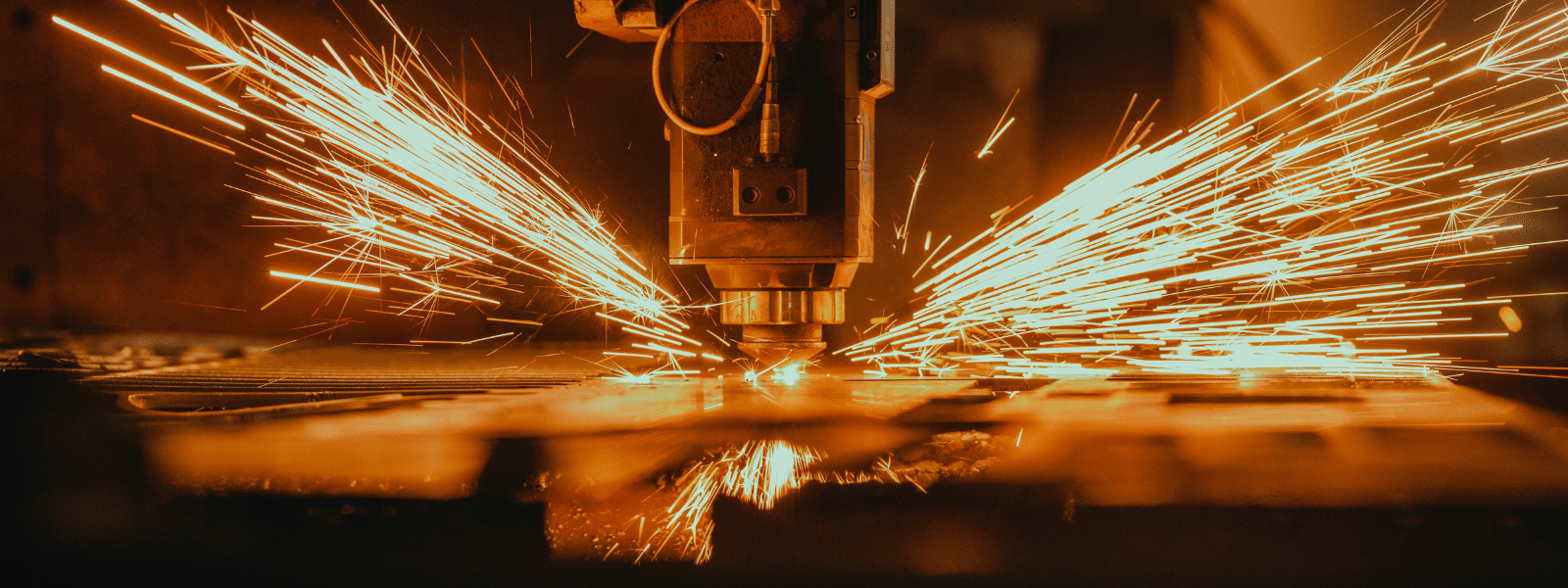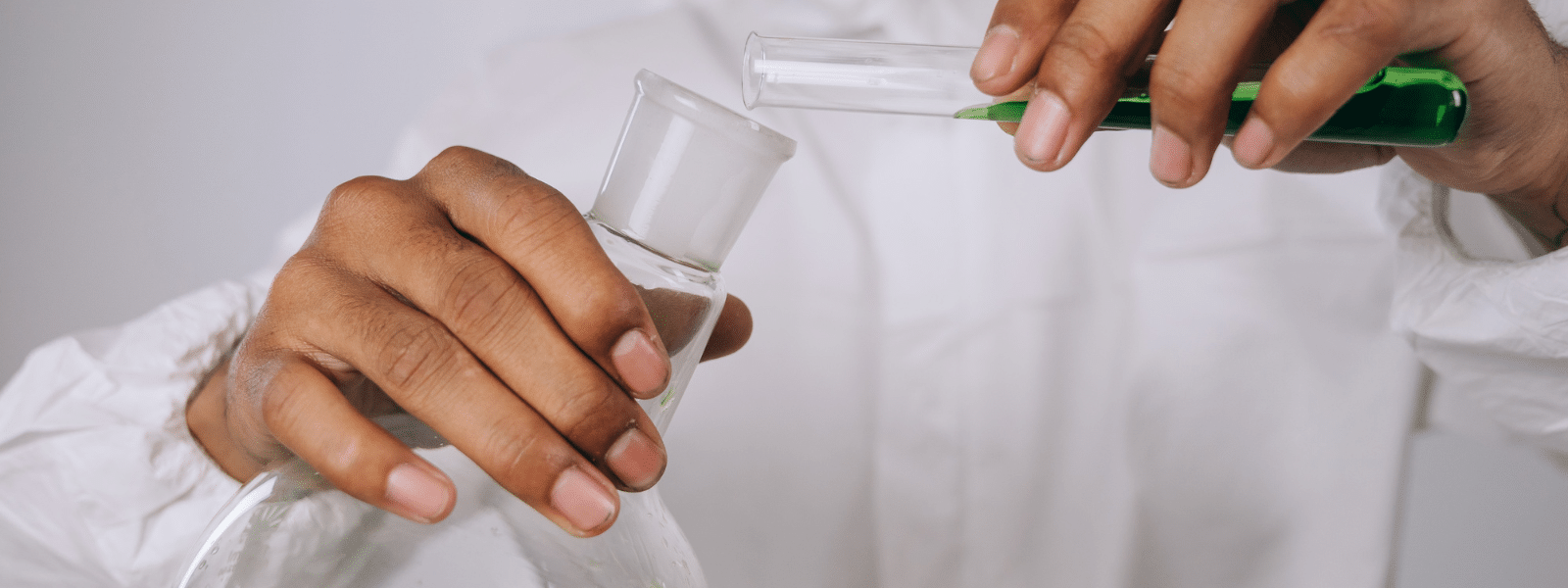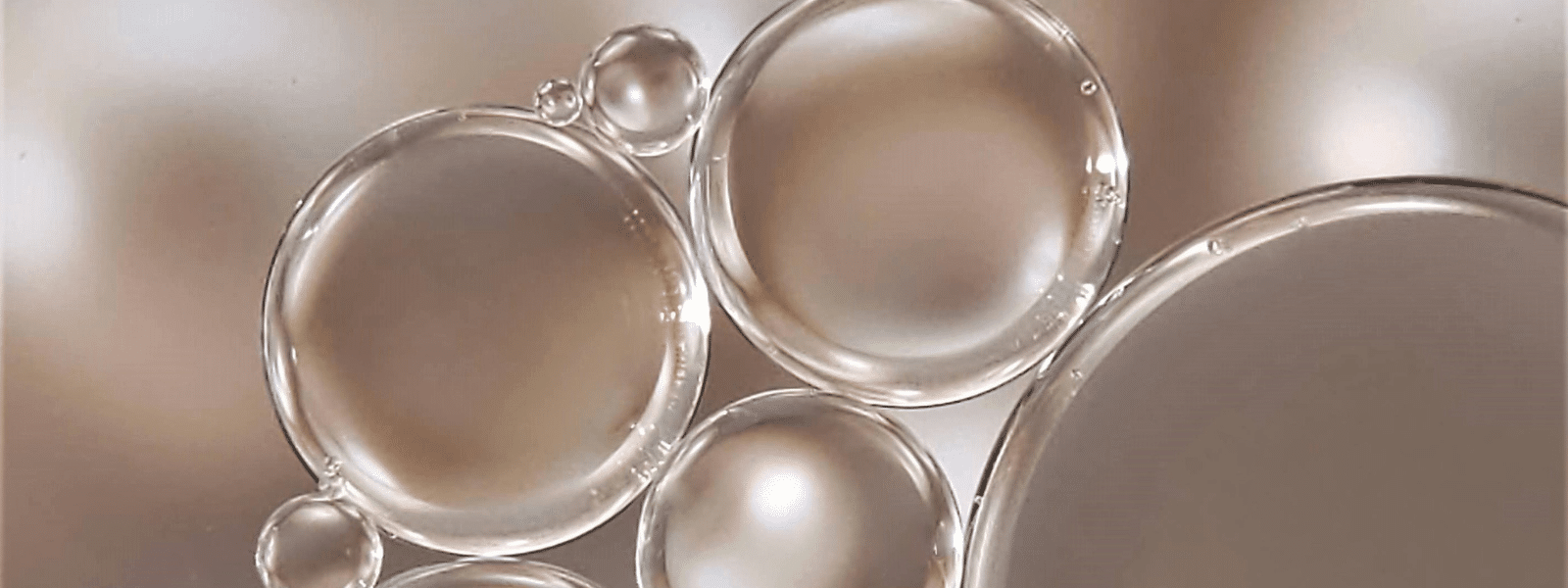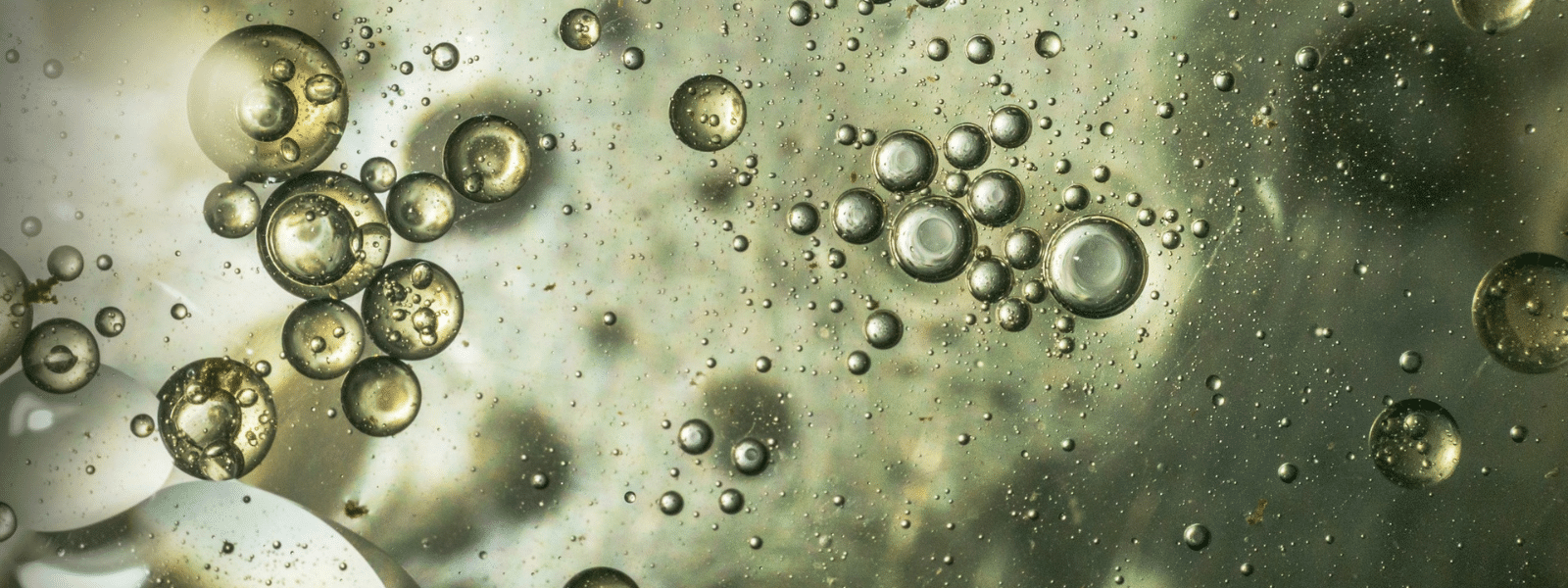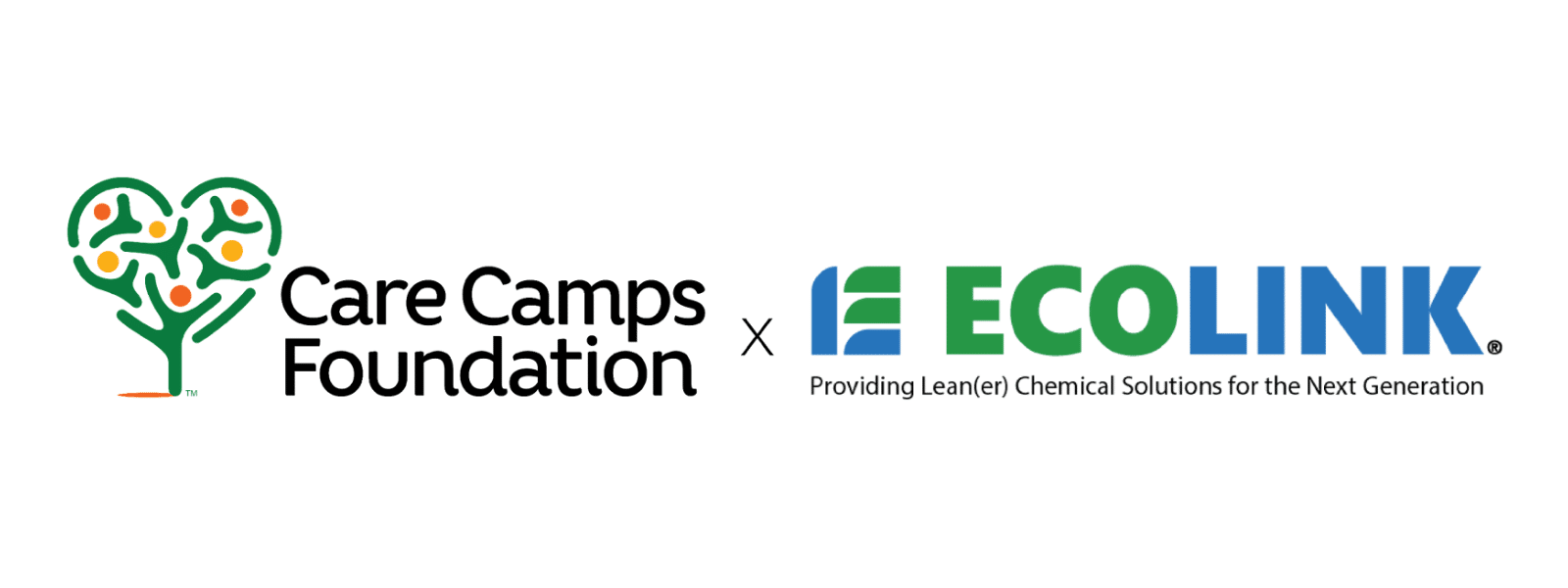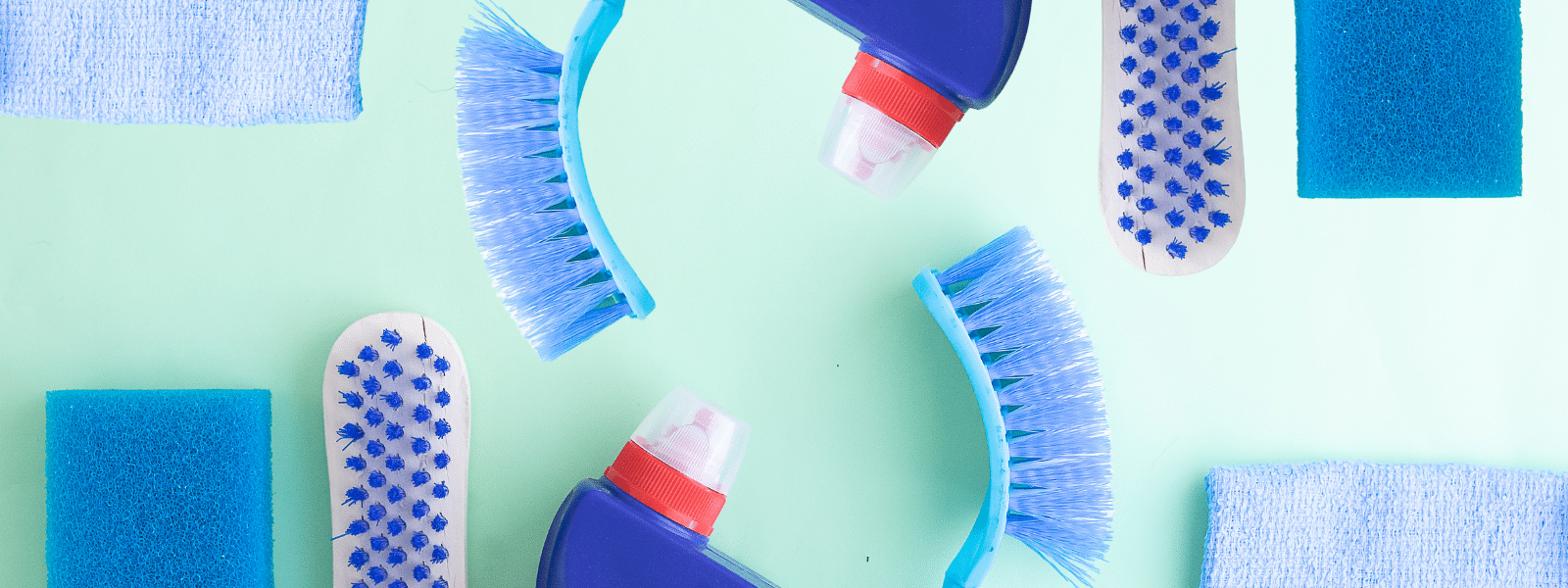Vapor degreasers are a kind of surface finishing solvent, whose chemical components can alter the surface of a manufactured product or material, which allows for the manipulation of certain properties of a product, if that is what is desired. In some instances, industrial components must be cleaned in this manner so that the components are ready for its intended operation. The vapor degreaser functions in vapor form, as is obvious, since it is called “vapor degreaser.” The theory behind the process of vapor degreasing is that the chemical compounds that form the makeup in the vapor degreaser will dissolve all types of potentially invasive particles and contaminants located on the industrial products. The vapor degreaser effectively removes these operational inhibitors by literally dripping the particles and contaminants off the industrial parts.
Vapor degreasing steps are performed as follows: The user will set up a solvent basin, combined with a heating coil, used to boil the solvent. The solvent will eventually evaporate, and the vapor will waft into the chamber set in place to capture the vapor so it can work itself onto the industrial component. Essentially, the vapor degreasing solvent will be trapped in a closed off space where the industrial component is located. The condensed vapor degreasing solvent will encapsulate the industrial part, then commence dissolving any dirt, grime, rust, oil, grease, and all other particles and contaminants on the industrial part. The impurities located on the industrial part will eventually come off, and become contained within the liquid beads formed from the vapor degreaser. Finally, the beads formed from the liquid degreasing solvent will run down the industrial part, and simply fall off, like spilt water dripping off a table.
Most recently, several industrial cleaning companies that offer vapor degreasing services have developed supplemental cleaning systems and methods to the vapor degreasing process that make the service more economically feasible. The process involves capturing and reclaiming the degreasing solvent when it drips off the industrial part being cleaned, so that it can be used again. Other adaptations put forth to enhance the method of vapor degreasing have been issued, including the use of several tanks to improve and speed the rinsing of solvents. One such adaptation includes the use of a degreasing solvent spray that coats the industrial component before it enters into the chamber, so that tougher particles and contaminants that are attached to the industrial component are loosened in hopes of hastening the entire degreasing process, and to help efficiently clean complex industrial products better than usual.
One of the most important qualities of vapor degreasing solvents is that this cleaning method can be used on electronic devices in order to remove non-water soluble particles. Water as a standalone cleaning option on electronic devices could disrupt and / or break electronic devices, and therefore, should never be used. Most electronic devices are fragile, expensive, and difficult to replace. Therefore, the only safe method of cleaning electronic devices is with a vapor degreasing solvent.








